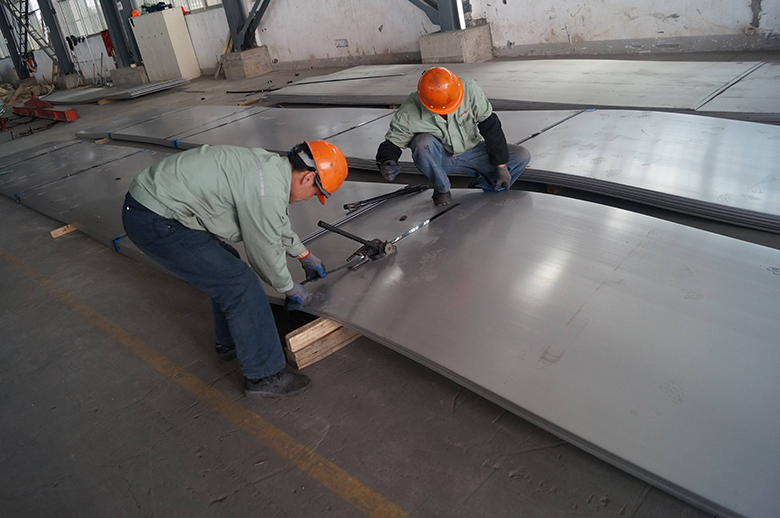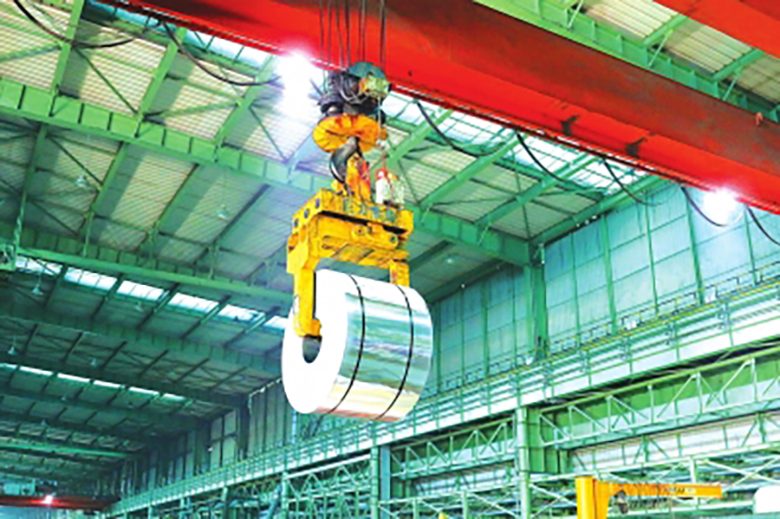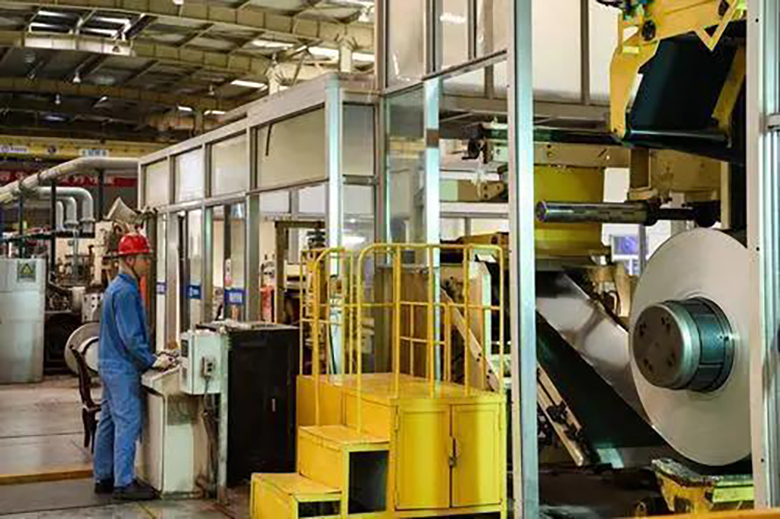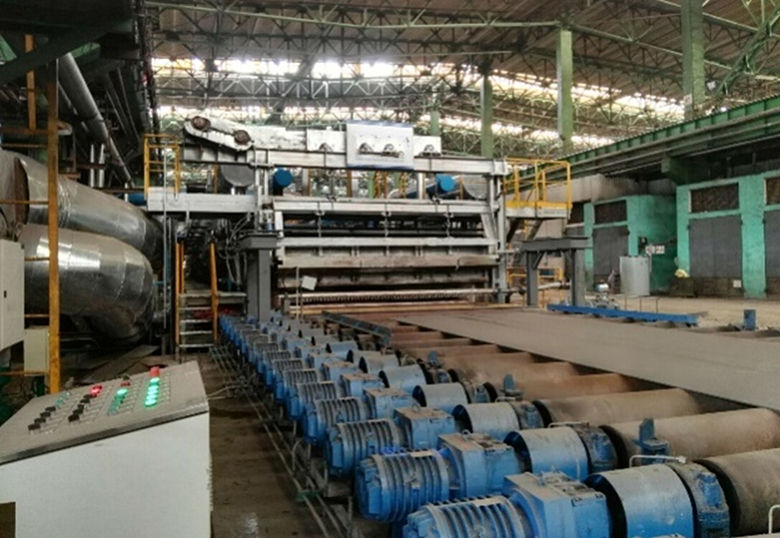Introduction to the classification of stainless steel
Stainless steel is divided into austenitic stainless steel, ferritic stainless steel, martensitic stainless steel, duplex stainless steel, and precipitation hardened stainless steel.

1. Austenitic stainless steel
Austenitic stainless steel has a face-centered cubic structure, and its representative steel types are 304, 321, and 316. The main features are:
① Under normal heat treatment conditions, the matrix structure of steel is austenite. Under improper heat treatment or different heating conditions, a small amount of carbide and ferrite structures may exist in the austenite matrix.

② The mechanical properties of austenitic stainless steel cannot be changed through heat treatment and can only be strengthened by cold deformation.
③ Different steel types suitable for various use conditions can be obtained by adding alloying elements such as molybdenum, copper, and silicon, such as 316L, 304Cu, etc.
④ Non-magnetic, good low-temperature properties, easy formability and weldability are important characteristics of this type of steel.
2. Ferritic stainless steel
Ferritic stainless steel has a body-centered cubic structure, and its representative steel types are 409 and 430. Its corrosion resistance is not as good as austenitic stainless steel. The main features are:

①The ability to resist stress corrosion cracking is superior to that of austenitic stainless steel;
② Strong magnetism at room temperature;
③ It cannot be hardened by heat treatment and has excellent cold workability.
3. Martensitic stainless steel
Martensitic stainless steel has a martensitic structure at room temperature, and its representative steel types are 410 and 420. The main features are:

①Martensitic stainless steel has strong magnetism at room temperature. Generally speaking, its corrosion resistance is not outstanding, but its strength is high, and it is used in high-strength structural steel.
② It has a stable austenite structure at high temperatures, transforms into a martensite phase under air cooling or oil cooling, and has a complete martensite structure at room temperature.
4. Duplex stainless steel
The composition is high in Cr and N, and has a mixed phase of austenite and ferrite at room temperature. The representative steel types are 2304, 2205, and 2507. The main features are:
① It is basically a ferrite structure at high temperatures, and has a 30-50% ferrite + austenite dual-phase structure when cooled to room temperature.

②High yield strength, excellent resistance to pitting corrosion and stress corrosion, and easy to form and weld.
5. Precipitation hardening stainless steel
Precipitation hardening stainless steel can be divided into martensitic precipitation hardening stainless steel, semi-austenitic precipitation hardening stainless steel and austenitic plus ferrite precipitation hardening stainless steel according to its structure. This type of material uses aging to precipitate metal compounds such as Cu, Al, Ti, Nb, etc. after heat treatment to improve the strength of the material. The main features are:
① This type of stainless steel can adjust its properties with the help of heat treatment process, so that it can be in a structural state that is easy to process and form during the steel forming and equipment manufacturing processes.
② The chromium content is about 17%, and it contains elements such as nickel and molybdenum. Therefore, in addition to having sufficient stainlessness, its corrosion resistance is close to that of 18-8 austenitic stainless steel.

Editor: Lucas
Mail: lucas@yangtzesteel.com








